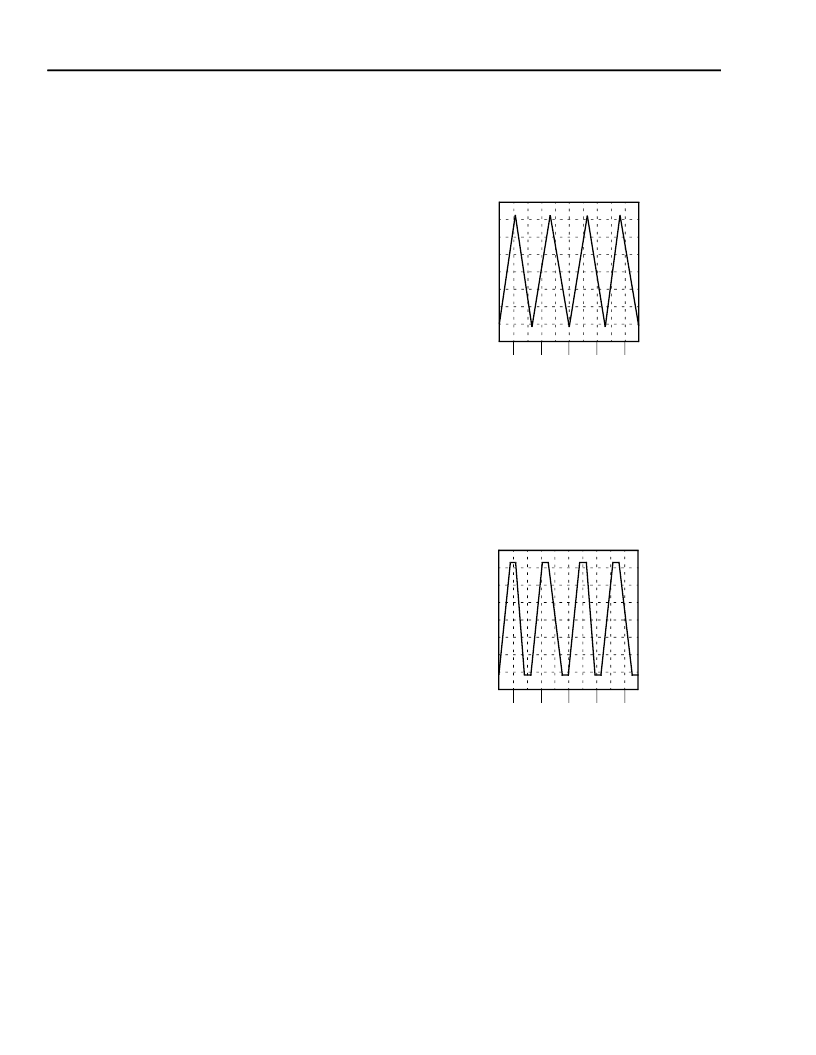- 您現(xiàn)在的位置:買賣IC網(wǎng) > PDF目錄367613 > LUCL8576BP-DT Dual Ringing SLIC PDF資料下載
參數(shù)資料
| 型號: | LUCL8576BP-DT |
| 英文描述: | Dual Ringing SLIC |
| 中文描述: | 雙振鈴用戶接口 |
| 文件頁數(shù): | 18/26頁 |
| 文件大?。?/td> | 583K |
| 代理商: | LUCL8576BP-DT |
第1頁第2頁第3頁第4頁第5頁第6頁第7頁第8頁第9頁第10頁第11頁第12頁第13頁第14頁第15頁第16頁第17頁當(dāng)前第18頁第19頁第20頁第21頁第22頁第23頁第24頁第25頁第26頁

18
Agere Systems Inc.
Data Sheet
May 2001
L8576B Dual Ringing SLIC
Applications
(continued)
dc Design
(continued)
Off-Hook Detection
The loop closure comparator has built-in longitudinal
rejection, eliminating the need for an external 60 Hz fil-
ter. The loop closure detection threshold is internally
set at 12 mA.
Power Ringing
The L8576B is designed to generate a balanced trape-
zoidal power ring signal to tip and ring. Because the
L8576B generates the power ringing signal, no ring
relay is needed in this mode of operation. Alternatively,
the L8576B SLIC can be used in a battery-backed,
unbalanced ringing application. In this case, the ring
signal is generated by a central ring generator and is
bused to individual tip/ring pairs. A ringing relay is used
during ringing to disconnect the L8576B from, and
apply the ring generator to, the tip and ring pair.
This section discusses in detail the use of the L8576B
in the balanced mode of operation.
Crest Factor
The balanced ring signal is generated by simply tog-
gling between the powerup forward and reverse battery
states. The state change is done by applying a square
wave (whose frequency is the desired ring frequency)
to logic input B2. Capacitors CF1 and CF2 and resistor
R
RNG
are used to control or ramp the speed of the tran-
sition of the battery reverse, thus shaping the balanced
ring signal. Setting capacitor CF1 = CF2 = 0.22
μ
F and
setting R
RNG
to 28.7 k
provides a crest factor of 1.3
for a 20 Hz ring frequency. This satisfies the Telcordia*
GR-909 requirement of ringing waveform crest factor
between 1.2 and 1.6. Crest factor is defined as the
peak to rms voltage ratio of the ring signal. Ringing
waveforms of crest factors 1.6 and 1.2 are shown in
Figures 18 and 19. The crest factor can be adjusted by
the value of R
RNG
and will be influenced slightly by the
value of V
BAT
. The CF1 and CF2 capacitors should not
be changed because these affect the dc feedback loop
stability in current limit. An R
RNG
value of 22.6 k
will
lower the crest factor to about 1.2 with a –65 V or
–72 V battery for a 20 Hz ring frequency. Likewise, an
R
RNG
value of 34.8 k
will raise the crest factor to
about 1.4. For ring frequencies greater than 20 Hz, the
R
RNG
value should be lowered until the desirable crest
factor is achieved. Note the RRNG is common to both
sections of the device.
CF1 and CF2 must exhibit a stable capacitance value
over its voltage range to ensure a properly shaped
waveform. Do not use a ceramic capacitor for CF1 and
CF2; use a capacitor with a polyester, polypropylene,
polycarbonate, or polystyrene dielectric.
12-3346a (F)
Notes:
Slew rate = 5.65 V/ms.
trise = tfall = 23 ms.
pwidth = 2 ms.
period = 50 ms.
Figure 18. Ringing Waveform Crest Factor = 1.6
12-3347a (F)
Notes:
Slew rate = 10.83 V/ms.
trise = tfall = 12 ms.
pwidth = 13 ms.
period = 50 ms.
Figure 19. Ringing Waveform Crest Factor = 1.2
* Telcordiais a registered trademark of Telcordia Technologies, Inc.
TIME (s)
–80
–60
–40
–20
0
20
40
60
80
0.00
0.02 0.06
0.04 0.08
0.10
0.12
0.14
0.16
0.18
0.20
V
TIME (s)
–80
–60
–40
–20
0
20
40
60
80
0.00
0.02 0.06
0.04 0.08
0.10
0.12
0.14
0.16
0.18
0.20
V
相關(guān)PDF資料 |
PDF描述 |
|---|---|
| LUCL9214AAJ-D | GT 19C 19#12 PIN RECP |
| LUCL9214AAJ-DT | Circular Connector; MIL SPEC:MIL-C-5015; Body Material:Metal; Series:GT; No. of Contacts:2; Connector Shell Size:24; Connecting Termination:Solder; Circular Shell Style:Square Flange Receptacle; Body Style:Straight |
| LUCL9214GAJ-D | Low-Cost Ringing SLIC |
| LUCL9214GAJ-DT | Low-Cost Ringing SLIC |
| LUCL9214GAU-D | Low-Cost Ringing SLIC |
相關(guān)代理商/技術(shù)參數(shù) |
參數(shù)描述 |
|---|---|
| LUCL9214AA-DT | 制造商:AGERE 制造商全稱:AGERE 功能描述:Low-Cost Ringing SLIC |
| LUCL9214AAJ-D | 制造商:AGERE 制造商全稱:AGERE 功能描述:Low-Cost Ringing SLIC |
| LUCL9214AAJ-DT | 制造商:AGERE 制造商全稱:AGERE 功能描述:Low-Cost Ringing SLIC |
| LUCL9214AAU-D | 制造商:AGERE 制造商全稱:AGERE 功能描述:Low-Cost Ringing SLIC |
| LUCL9214ARG-D | 制造商:AGERE 制造商全稱:AGERE 功能描述:Low-Cost Ringing SLIC |
發(fā)布緊急采購,3分鐘左右您將得到回復(fù)。